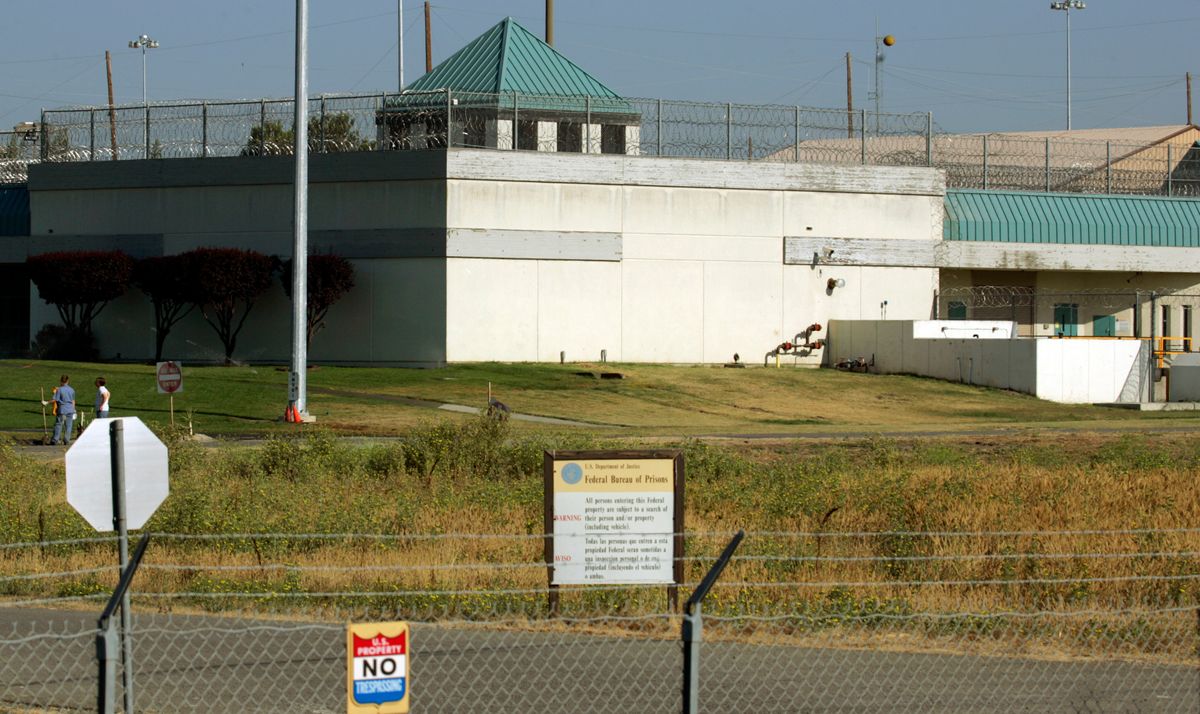

The median survival of patients with compensated cirrhosis is much longer than in patients with evidence of decompensation and is about 9 years. Portal hypertension is present when HVPG is > 5, but is clinically significant when > 10.Ĭirrhosis can remain compensated for years before development of decompensating events like jaundice, ascites, encephalopathy and/or variceal hemorrhage. Measurement of hepatic venous pressure gradient (HVPG) can help quantify portal hypertension. Portal hypertension can lead to the formation of venous collaterals, biochemical (increased production of vasoconstrictors, vascular endothelial growth factor, nitric oxide, and other splanchnic vasodilators) and functional abnormalities (plasma volume expansion and increased cardiac output), and thus contribute to the pathogenesis of many of the complications of cirrhosis. These can occur secondary to portal hypertension, abnormal synthetic function, or combination of both. The major complications of cirrhosis include varices, ascites, hepatic encephalopathy (HE), hepatopulmonary hypertension, hepatocellular carcinoma, hepatorenal syndrome, spontaneous bacterial peritonitis, and coagulation disorders. This review will focus on the management of cirrhosis and its complications. In 2010, cirrhosis was the eight leading cause of death in the United States and, combined with its complications accounted for approximately 49500 deaths.



Patients with cirrhosis are at increased risk of numerous complications and have a decreased life expectancy. In the past cirrhosis was generally thought to be irreversible but recent studies have shown that treatments aimed at the underlying cause especially in earlier stages of the disease can improve or even reverse fibrosis. Cirrhosis results from chronic liver disease, and is characterized by advanced fibrosis, scarring, and formation of regenerative nodules leading to architectural distortion.


 0 kommentar(er)
0 kommentar(er)
